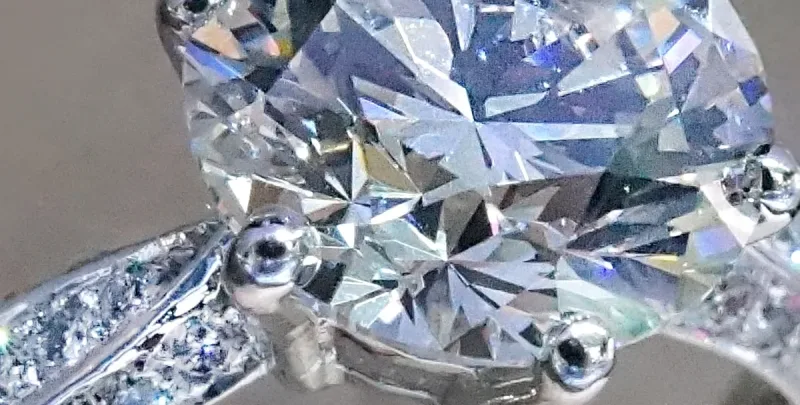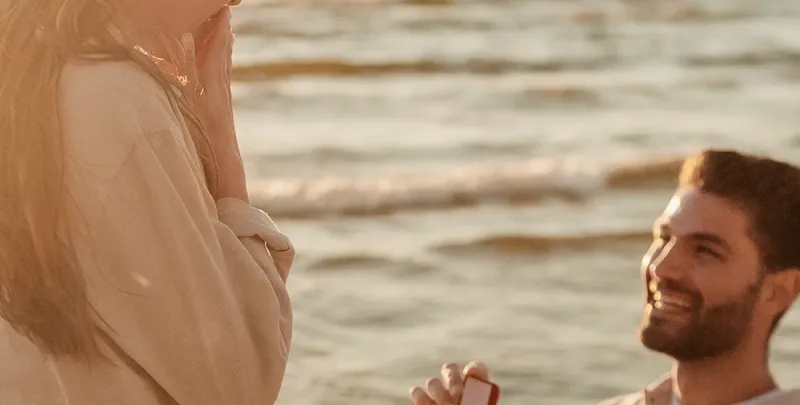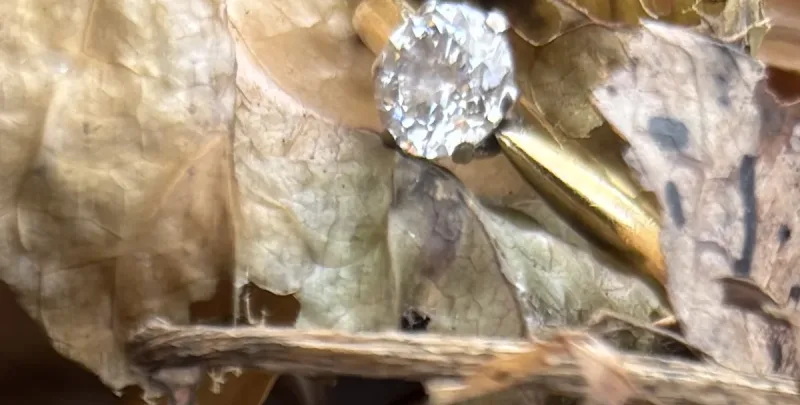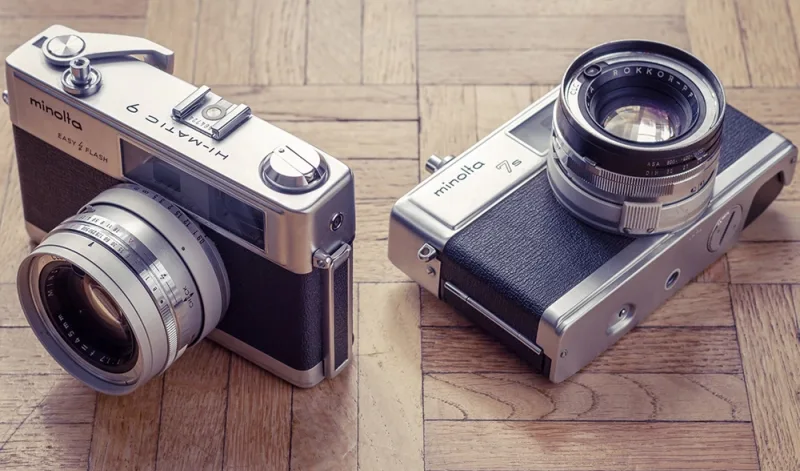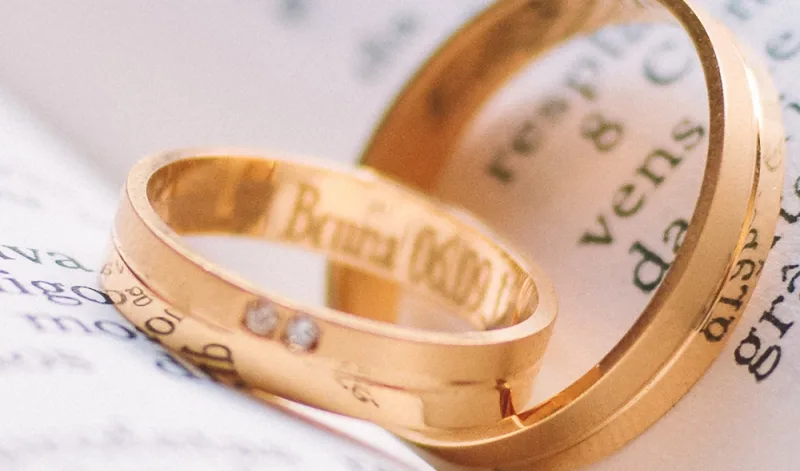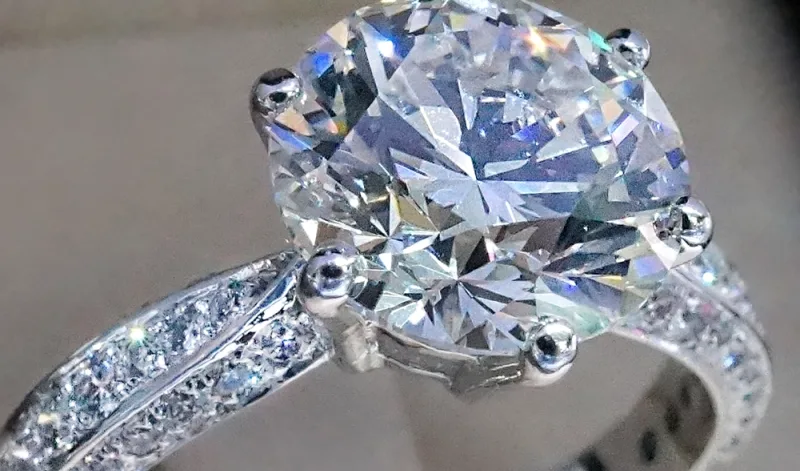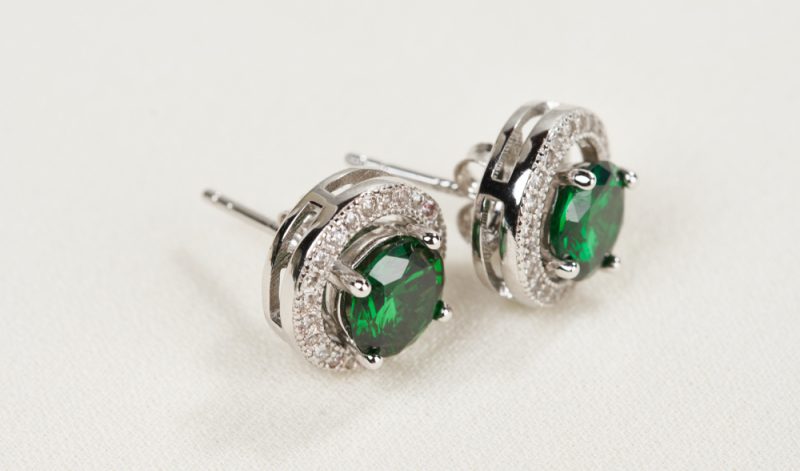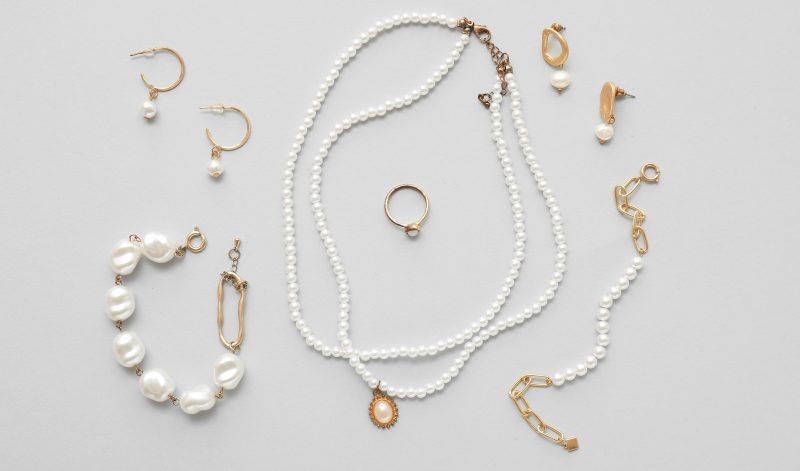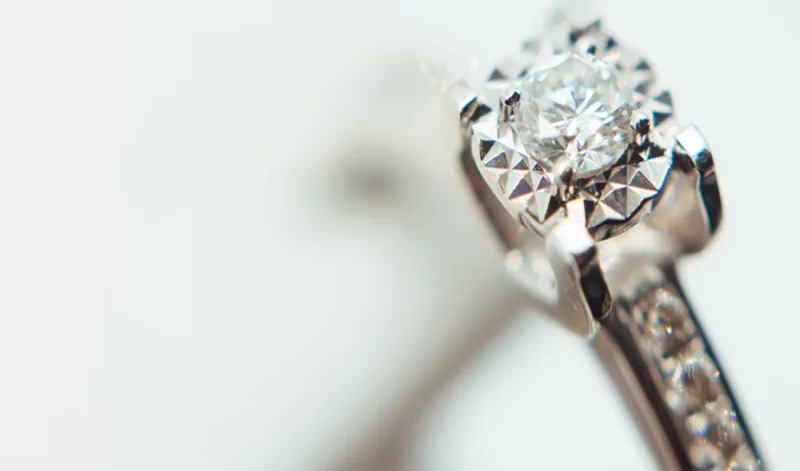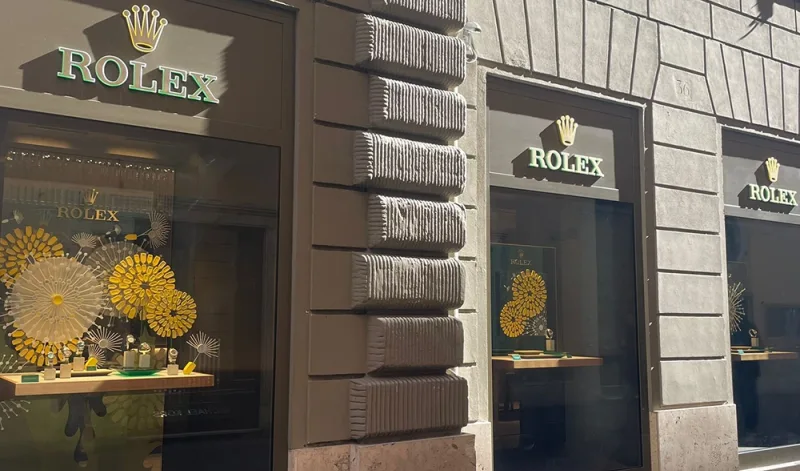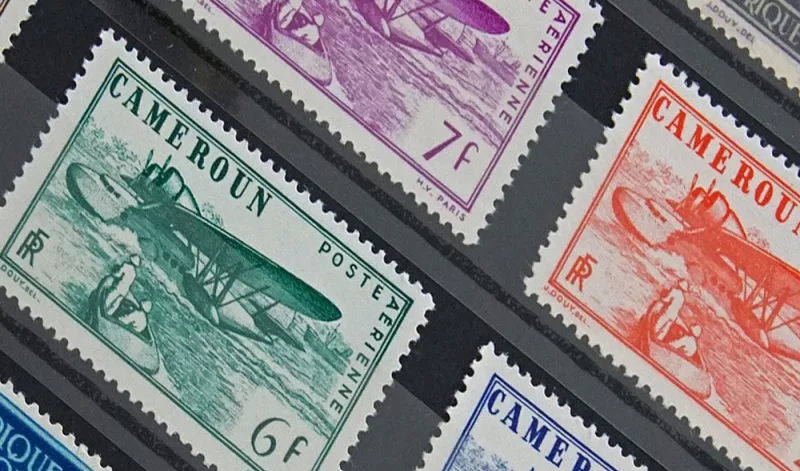As highlighted in our December blog post, the festive season is by far the most popular time to get engaged. With all those sparkly diamond rings slipping onto fingers, and in the run up to Valentine’s, we’ve once again been seduced by the stone’s timeless allure. But the tradition of a diamond engagement ring is a relative recent one, which can be traced back to a De Beers marketing campaign in the 1940s.
So, we’ve decided to take a step back and lift the stone from its pre-nuptial associations. Over the next few months, we’ll be exploring the wider story behind twelve of the world’s most famous diamonds – beginning with Hortensia.
The Hortensia diamond
The Hortensia diamond began life in the famous Kollur Mines, near Southern India, before being transported overseas and purchased by King Louis XIV of France. It then became part of the French Crown Jewels collection and is first recorded on the royal inventory in 1691 as the foremost diamond in the third of Louis’s nineteen florets of buttonholes.
What’s in a name?
The Hortensia is named after Hortensia de Beauharnais, Queen consort of King Louis Bonaparte of Holland (1806-1810). Yet Hortensia never owned, wore or was married to anyone who owned the jewel. In fact, she had limited or no access to it.
The best connection that can be made is that she was both stepdaughter and sister-in-law to its owner at the time, Napoleon Bonaparte, who had the stone mounted on his epaulette braid and then, in 1856, as the centerpiece of a headband for his wife, the Empress Eugénie.
A bumpy ride
Today the prize 20-carat gem sits proudly on display in the Galerie d’Apollon of the Louvre museum in Paris, for all to admire. Yet it’s peaceful rest bed was not always so guaranteed.
Following the downfall of the monarchy, the history of the Hortensia diamond became embroiled in the story of the French Revolution, during which the Crown Jewels were moved to the Garde Meuble (Public Treasury). The building was closed to the public in September 1792 in response to increasing violence. Weeks later, three guarding commissioners discovered that a night-time robbery had taken place and that all of the primary gems (the Regent, French Blue, Sancy and Hortensia) were gone.
Speculation has been raised over how those involved were able to identify the most valuable pieces from the 9,547 diamonds in the collection, suggesting an inside job.
According to some accounts, the French Blue was taken to London by one of the robbers; a man called Guillot, who later ended up in prison and the diamond disappeared. The Regent and the Hortensia were recovered in 1793 from an attic in the Halles district in Paris, after another of the six men involved confessed to the crime and disclosed the diamonds’ whereabouts moments before being executed.
Marred by a feather
The Hortensia’s appeal lies largely in its attractive light pink colour. Pink diamonds account for less than 0.1% of all naturally occurring diamonds, making them one of the world’s rarest jewels. Testament to their enduring popularity, in October 2014 a new world record was set at a Sotheby’s sale in Hong Kong when an 8.41-carat pink diamond sold for $17,768,041 (£11,438,714) – more than $2.1m (£1.8m) a carat.
The Hortensia’s value however is mostly historic, due to a visible feather (fine crack) that runs from the girdle (outer edge) to the culet (tip).
Every diamond tells a story
Though your own diamond may not have been worn by an Empress, or found hidden in a Parisian garret, all diamonds have their own special significance and value. Which is why it’s important to always make sure that your most precious gems are adequately insured.
